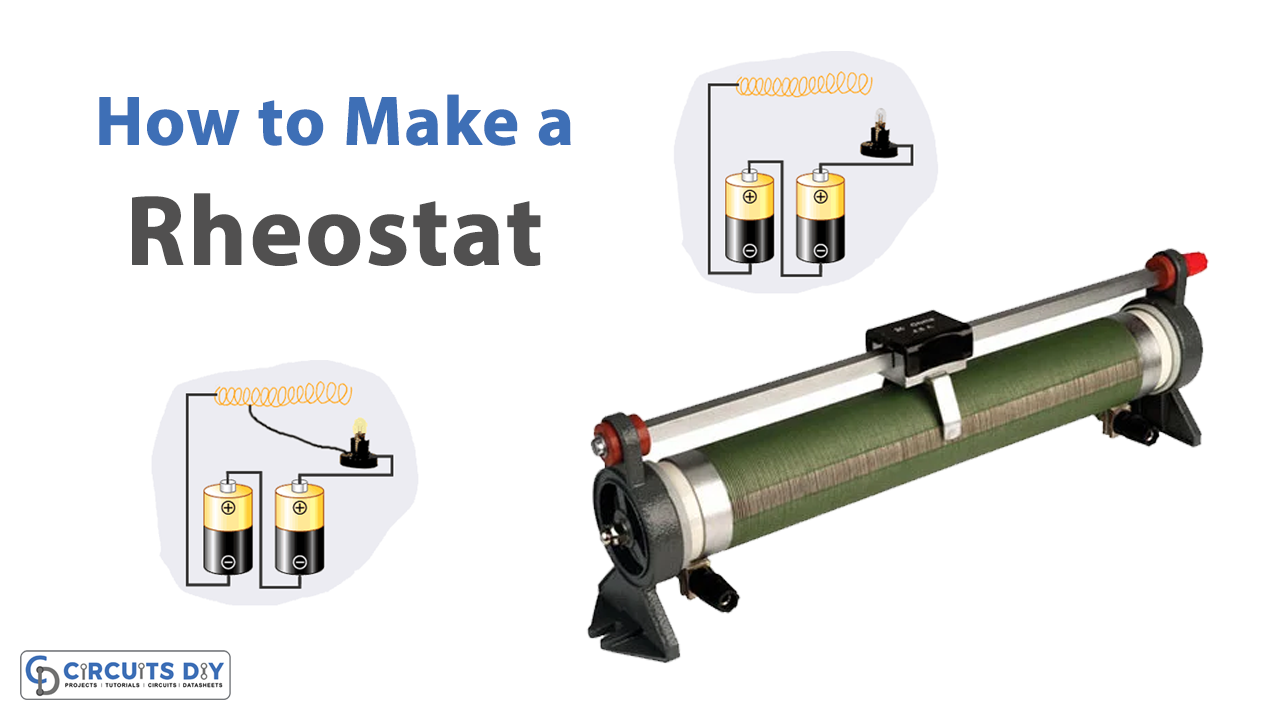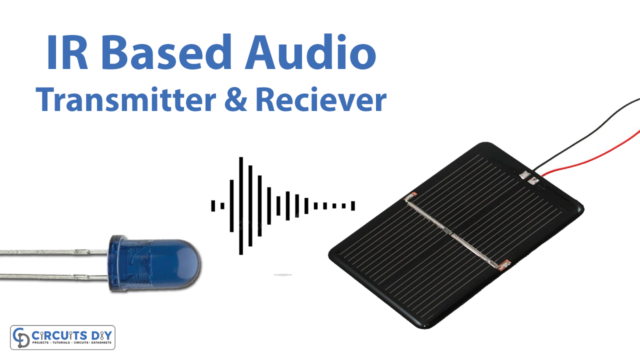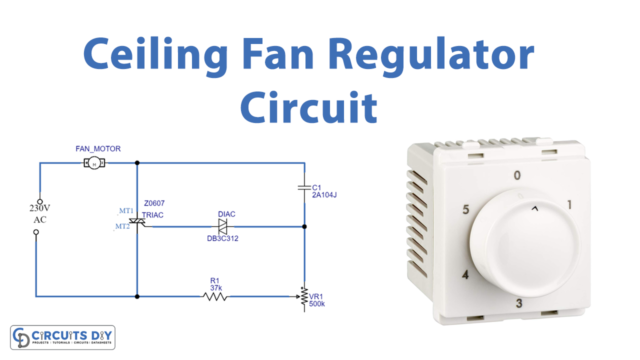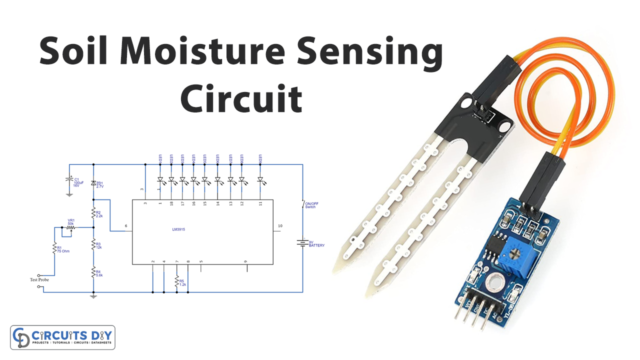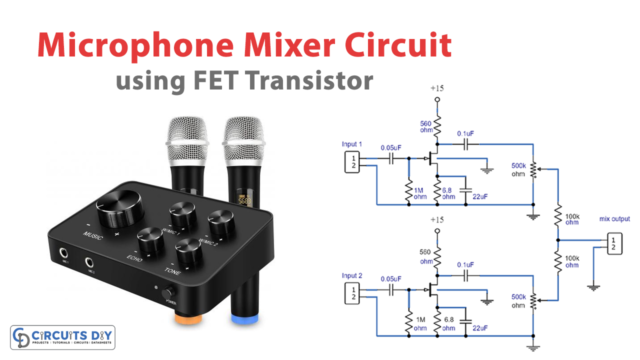Introduction
In school and college, we all use this equipment. Every physics laboratory uses this to change the resistance. To clarify, Yes, we are discussing the rheostat. But, what is the rheostat? By using the rheostat, we are practically changing the resistance. But why do we need to change that resistance? As we all know that electric circuits have three main parameters. The current, voltage, and resistance. All three parameters are dependent on each other. So, to change any of the parameters, we can change another parameter. Therefore to change the current, we use the rheostat in the circuit. Since current and resistance are inversely proportional to each other. As a result, by increasing the resistance of the rheostat, the current decreases. In the same vein, by decreasing the resistance, the current increases.
In this article, we are going to construct the rheostat. It has three terminals, two are fixed and one is moving. We need wire and spring to make a moving part. Remember, that we are using steel wires, which are not good conductors of electricity. So, only the increase in the length of the wire may give all the phases of glowing.
Hardware Required
| S.no | Component | Value | Qty |
|---|---|---|---|
| 1. | flashlight bulb | – | 1 |
| 2. | D-cell Batter | – | 2 |
| 3. | Wire | 15 to 17 inches | 1 |
| 4. | Spring | – | 1 |
| 5. | Wire clippers | a pair | 1 |
Circuit Diagram


Working Explanation
Connect batteries in a way that the positive of one battery should be connected to the negative pole of the other. Cut the equal lengths of the wire, that is 8 cm. Connect the end of one wire to the socket of the bulb. And, the second wire to the spring. Likewise, Connect the whole circuit according to the diagram given above. When the circuit goes in a closed loop, the bulb will glow. However, the intensity can be increased by moving a wire onto the spring. When both wires are close to each other. The intensity of the bulb would be maximum.
Application and Uses
- For the adjustment of the generator characteristics
- To control the speed of motors
- To limit current in the circuits

